#venus and cupid
Explore tagged Tumblr posts
Text
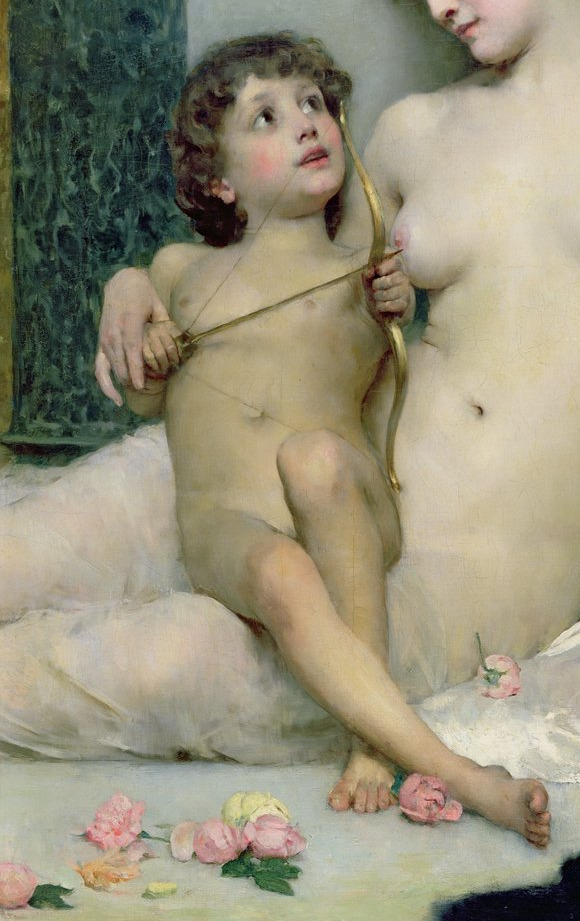
Solomon Joseph Solomon RA RBA (British, 1860-1927) Love's First Lesson, Detail, 1885
#Solomon Joseph Solomon RA RBA#Love's First Lesson#1885#british#british art#art#fine art#classical art#european art#europe#european#fine arts#oil painting#europa#mythological art#greek mythology#mediterranean#venus and cupid
65 notes
·
View notes
Text

Venus and Cupid
I’ve been creating little deep dives into art depictions of Lady Aphrodite/Venus as a devotional act to Her! Today’s painting is Venus and Cupid by Titan.
Titian
Tiziano Vecellio, more commonly known as Titian , was born c. 1488-1490 in the Republic of Venice and died August 27, 1576 in Venice. This Italian was very influential in the style of Renaissance Venetian painting. He was successful throughout his whole life and was very versatile, talented at painting portraits, landscapes, as well as mythical and religious subjects.
Description of the Painting
Venus, sitting on the ground and leaning against a tree, holds the hands of the infant Cupid. Venus wears a red and white dress and has long brunette hair. Cupid is nude and holds an arrow. The background shows a river, mountains, a few trees, and a city.
About the Painting
Oil on canvas
Created 1510-1515
111 x 139 cm; 43.7 x 54.7 in
Held in the Wallace Collection in London
#beautyofaphrodite shrine#helpol#aphrodite#hellenic community#hellenic deities#hellenic gods#hellenic pagan#hellenic polytheism#hellenic polythiest#hellenic worship#lady aphrodite#aphrodite greek mythology#aphrodite altar#aphrodite devotion#aphrodite deity#aphrodite worship#aphrodite art#aphrodite goddess#aphrodite design#aphrodite devotee#aphrodite offerings#hellenic polytheistic#hellenic paganism#hellenic devotion#hellenic devotees#venus#venus and cupid#painting analysis#greek mythology#venus deity
83 notes
·
View notes
Text

Venus and Cupid n/d by the Circle of Jean-Honoré Fragonard (French, 1732–1806), oil on canvas, 98.9 x 74.2 cm, Private Collection
#venus and cupid#jean honoré fragonard#jean honore fragonard#painting#my upload#auction#bonhams#private collection#oil on canvas#mythology#greek mythology#roman mythology#mythological painting#mythological art#venus#cupid#18th century#19th century#rococo#art#fine art
27 notes
·
View notes
Text

▪︎ Venus and Cupid.
Artist: Lucas Cranach I (1472-1553)
Place of origin: Germany
Date: 1509
Material: Canvas
#16th century#history#decorative arts#history of art#art#art history#16th century art#venus and cupid#venus#cupid#lucas cranach I#germany#1509
102 notes
·
View notes
Text


William Orpen (1878-1931, Irish) ~ Myself and Cupid, 1910 via Sotheby's / Myself and Venus, 1906
62 notes
·
View notes
Text
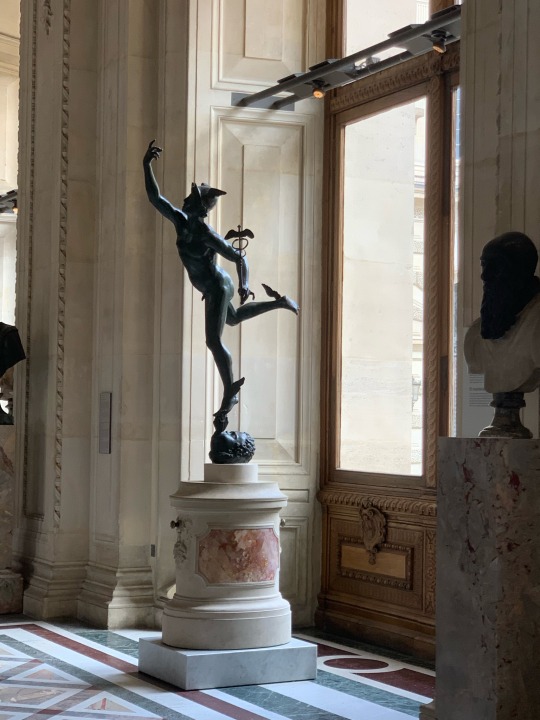

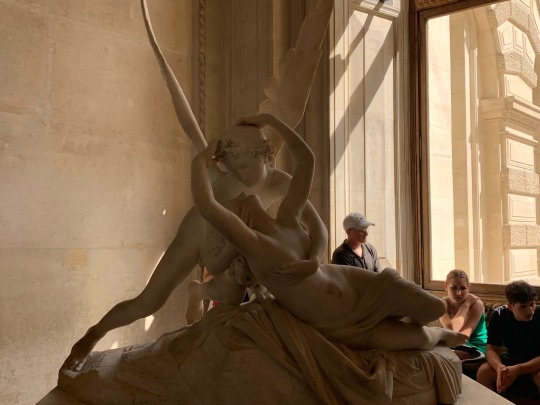

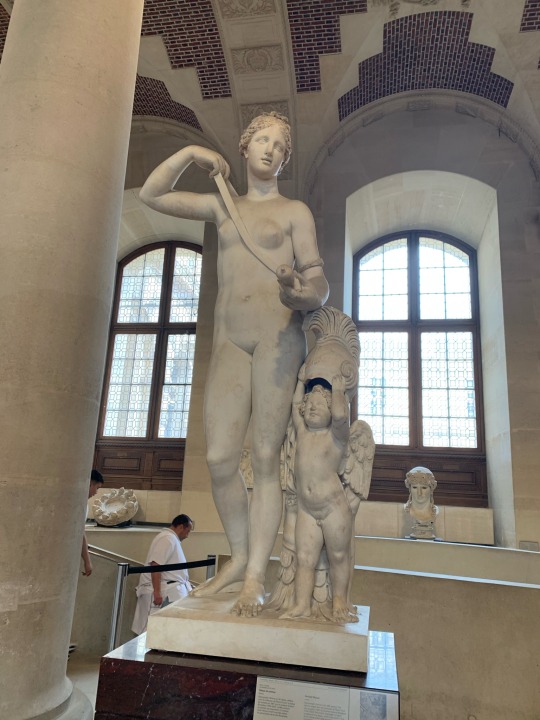
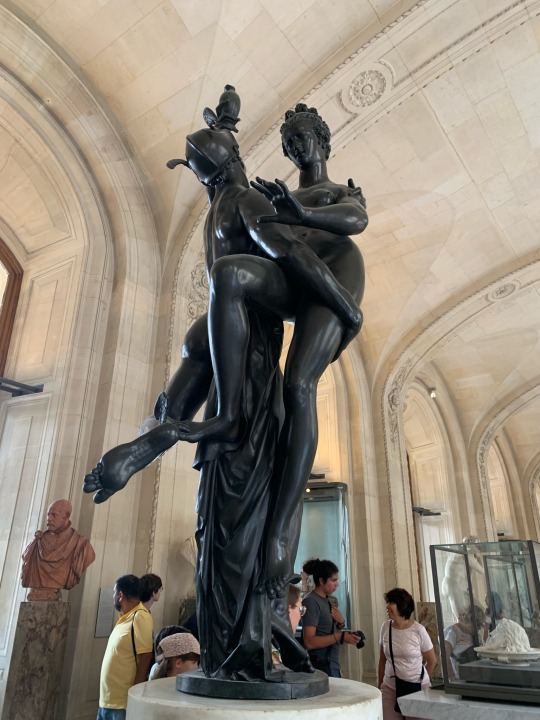


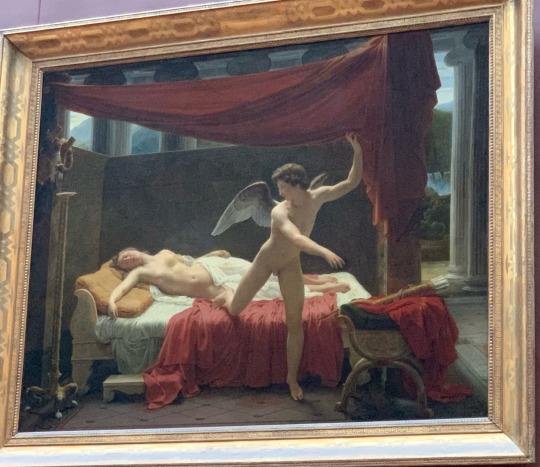

Went to the Louvre✅
#louvre#venus de milo#winged victory#psyche revived by Cupid’s kiss#mercury#psyche and love#Venus and Cupid#mercury and psyche#the death of Marat#it was gorgeous and huge in there
28 notes
·
View notes
Text
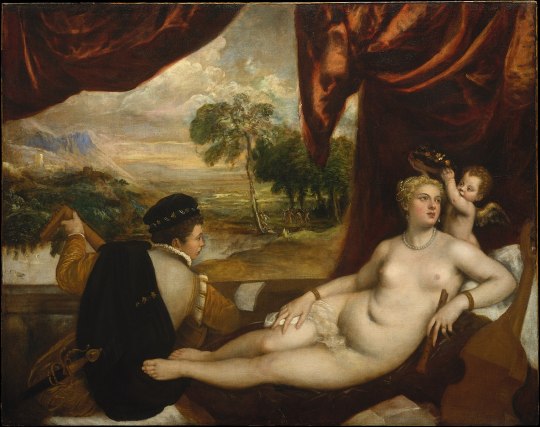
"Venus and the Lute Player" by Titian (Tiziano Vecelli)
Italian, c. 1565-1570
rayeshistory.com
12 notes
·
View notes
Text

#historical jewelry#iona prentice#renaissance#italian renaissance#lorenzo lotto#venus and cupid#historical fashion
1 note
·
View note
Text

Venus and Cupid by Frederic Leighton (19th Century)
#frederic leighton#art#paintings#fine art#19th century#19th century art#academicism#academism#academic art#painting#british art#british artist#mythology#roman mythology#venus#aphrodite#cupid#classic art
6K notes
·
View notes
Photo
Love how Venus has had it. She's like: "You can have your wings back after your nap, Cupid." 🥰

Venus
Venus statuette, Italy, 2nd century AD, marble
Della Porta Collection and Borghese Collection. Musée du Louvre
Source: Exhibition: Women of Rome. Seductive, Maternal, Excessive. Collections of the Louvre Museum. CaixaForum Madrid (Paseo del Prado, 36). Dates: from 4 November 2015 to 14 February 2016.
72 notes
·
View notes
Text
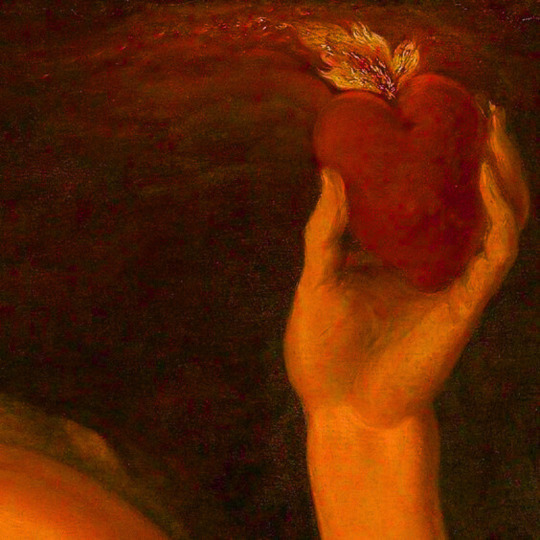
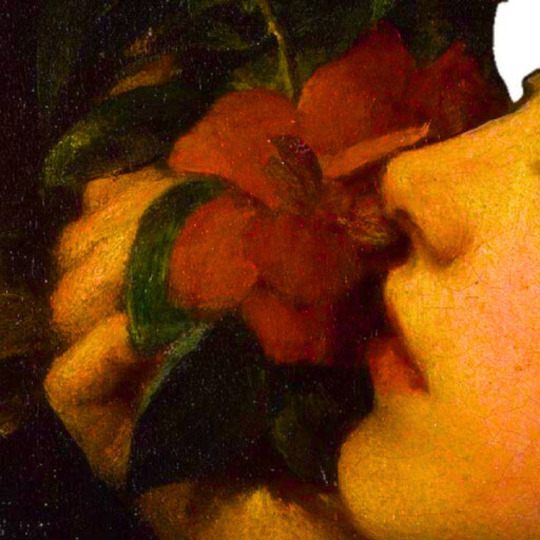
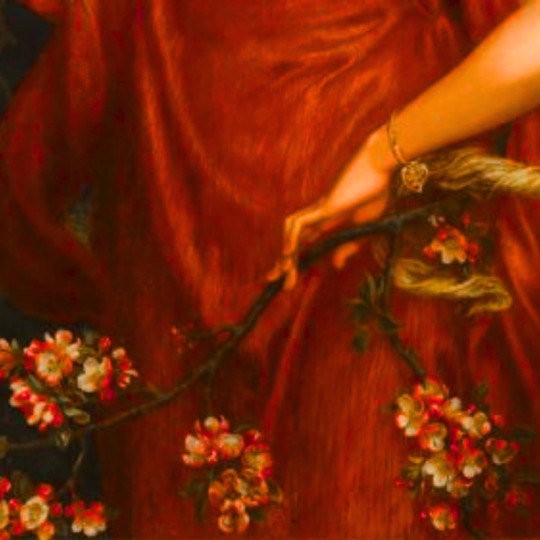
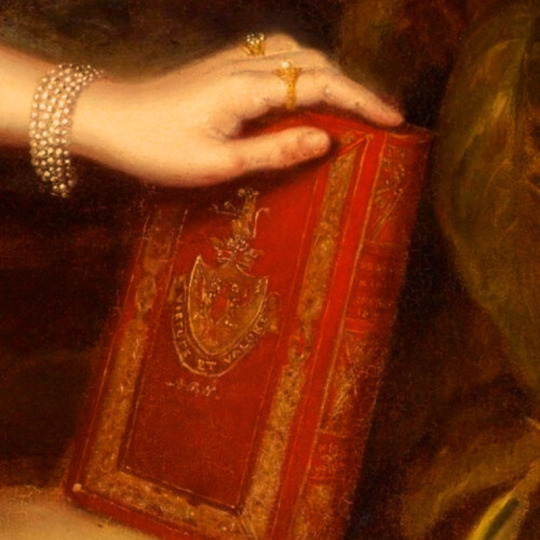
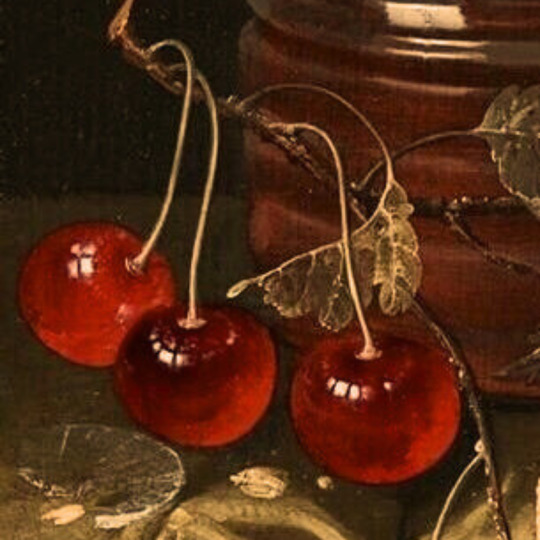
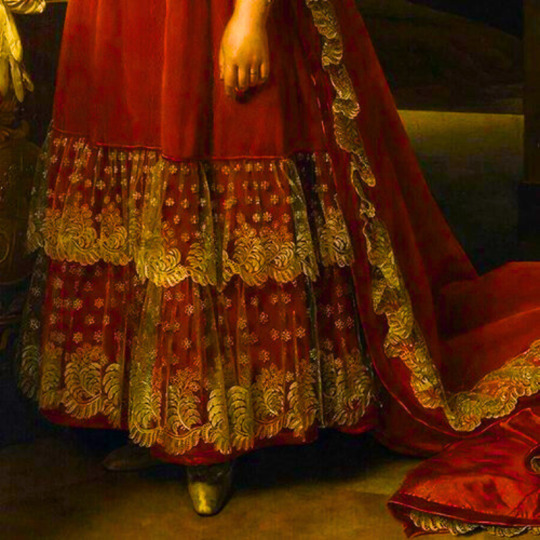
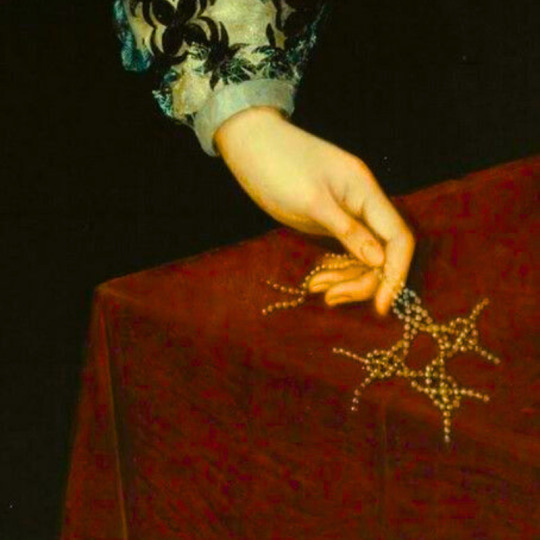
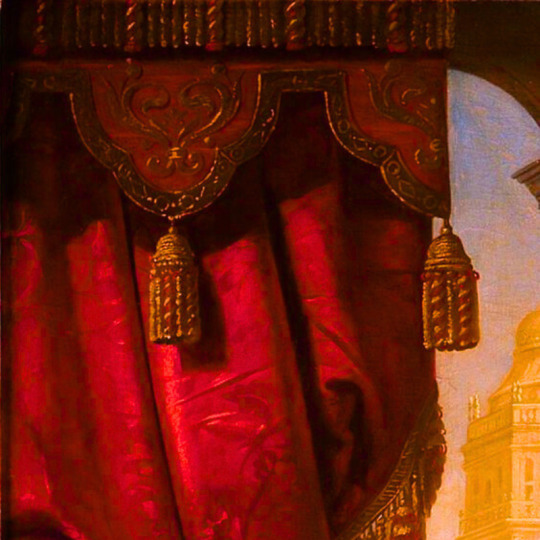
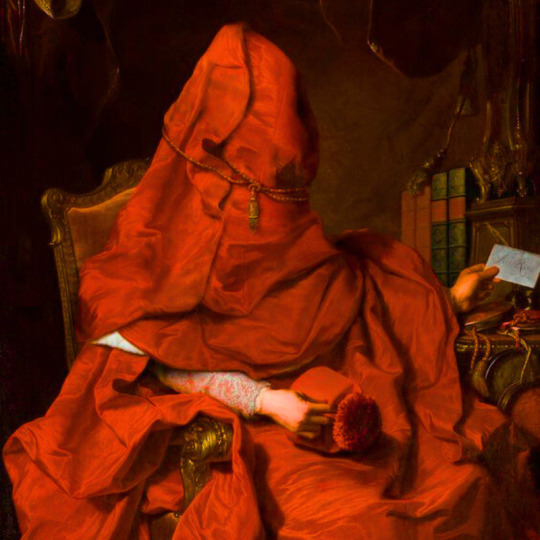

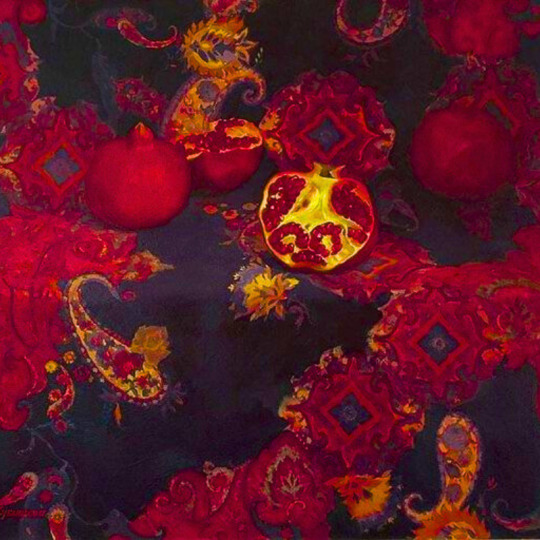

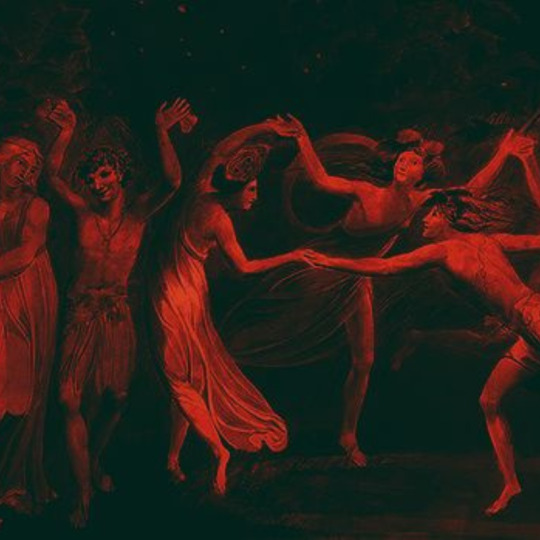


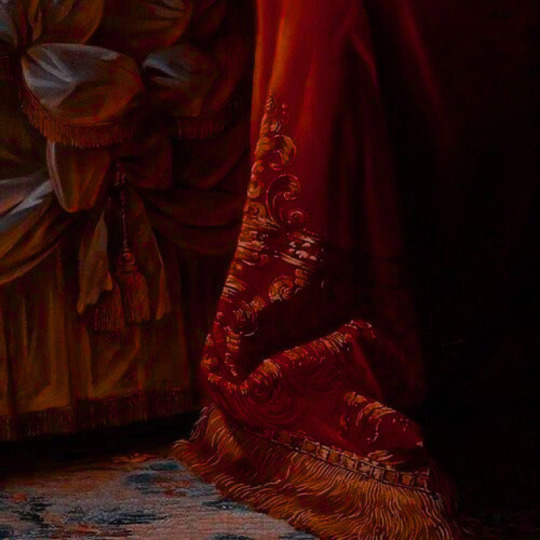
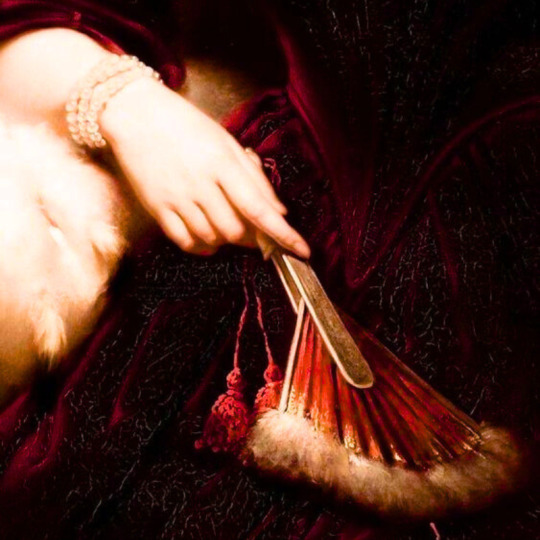
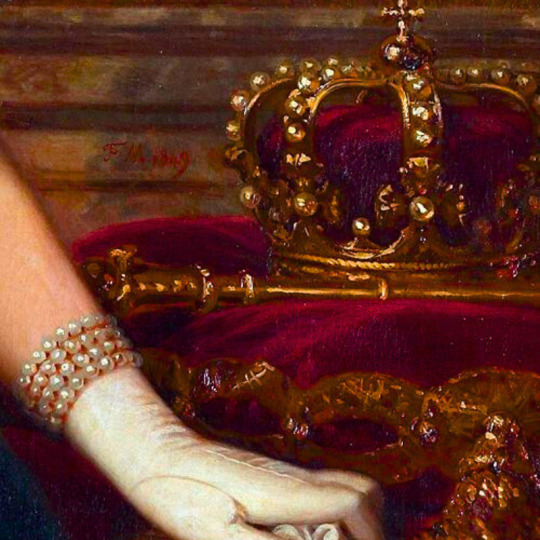
red + art
#venus and cupid by jacob de gheyn#ellen terry by george frederic watts#a vision of fiammetta by dante gabriel rossetti#portrait of mrs. alexander spark by maurice felton#cherries by jan davidsz de heem#portrait of marie therese of france by alexandre-franocis caminade#cant find artist#dona dolores tos ta de santa anna by juan cordero#artist is volker hermes#saint joan of arc by paul antoine de la boulaye#pomegrantes by elena kubysheva#-cant find artist#titania and puck with fairies dancing by william blake#-cant find artist-#--cant find artist#artist is Elisabeth Louise Vigée-LeBrun#artist is Jan Adam Kruseman#artist is Federico de Madrazo#-cant find artist---#art#art history
1K notes
·
View notes
Text





VENUS IN FRONT OF THE MIRROR /1615/ by PETER PAUL RUBENS
This artwork represents the Roman goddess Venus, embodying beauty and passion. In the painting, Venus is gazing at her reflection in the mirror held by Cupid. This creates a captivating atmosphere filled with charm.
Rubens depicts Venus as the perfect example of beauty, highlighting her naked body and glowing complexion. The artist skillfully captures confidence and sensuality through the model's pose and facial expression, showcasing his talent in portraying the human body and emotions.
Cupid's mirror represents both vanity and self-reflection. It represents not just Venus' physical beauty but also mirrors the concept of contemplating her image, a theme that aligns with her role as the embodiment of beauty and desire in mythology.
The painting demonstrates Rubens's skill in portraying emotion with delicate brushwork and precise details in Venus's skin and hair, creating an incredibly realistic depiction. Venus's light, glowing skin stands out in contrast to the dark skin of the maidservant behind her, highlighting her beauty and divine status.
90 notes
·
View notes
Text
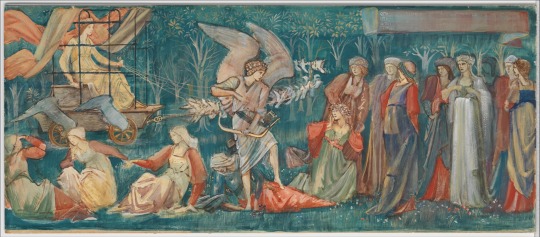
The Passing of Venus, Edward Burne-Jones, 1898, gouache and metallic paint on cardboard. Preliminary study for a tapestry for Morris & Company.
#edward burne jones#burne jones#19th century#19th century art#art#painting#classical art#the metropolitan museum of art#venus#cupid#pre raphaelite#william morris#design#decorative arts#tapestry#study#1800s#art history#pre raphaelite brotherhood#victorian art#gouache#the passing of venus#british art#british painter#english art#chariot#drawing#victorian
37 notes
·
View notes
Text

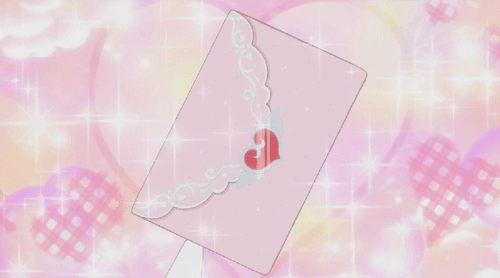







#love#cupid#kawaii#heart#pink gif#animecore#love goddess#ever after high#ca cupid#gods school#aphrodite#sugar sugar rune#sugar sugar rune waffle#venus#milky way and the galaxy
124 notes
·
View notes
Text

La Primavera by Sandro Botticelli
#primavera#art#sandro botticelli#renaissance#spring#mythological#venus#mercury#the three graces#flora#chloris#zephyrus#cupid#garden#mythology#gods#europe#european#history#florence#italy#italian#northern italy#allegory#classical mythology#neoplatonism
207 notes
·
View notes
